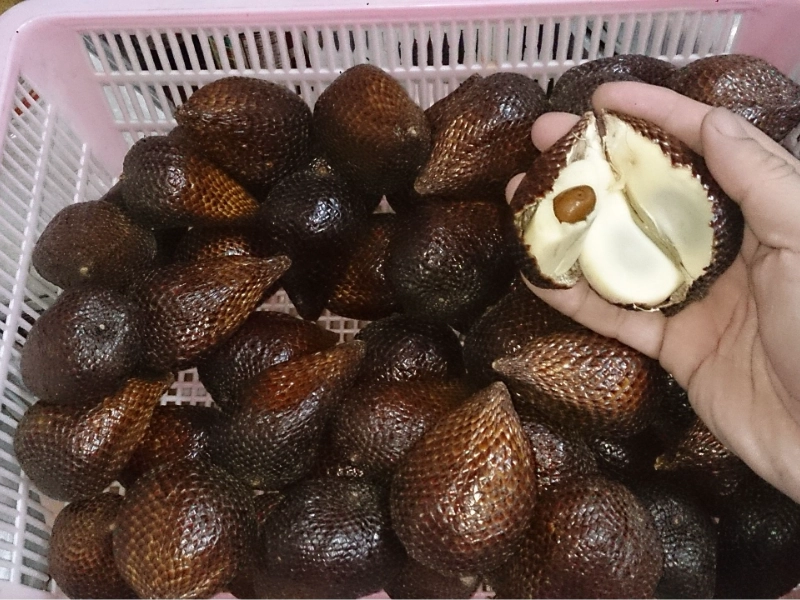6. Cultural Significance and Traditional Uses

Snake fruit has been extremely important in local economy, traditional medicine, and cultural customs over Southeast Asian history. Particularly on the islands of Java and Bali, the fruit is regarded as a staple component in Indonesian society. Local people have created many traditional preservation techniques, including medicinal treatments and fermentation processes that turn fruit into unusual delights. For millennia, people have used the fruit in traditional medical systems, treating different conditions with different plant parts. While the fruit itself is thought to have qualities that can help control blood sugar levels and enhance digestive health, the leaves are customarily used to make healing wraps for skin diseases. With some types designated just for noble families, historical records show its use in royal residences not just as a delicacy but also as a status symbol. Many local economies have always revolved on the production and trade of snake fruit, building complex social networks and trading systems that still shape current market systems.
